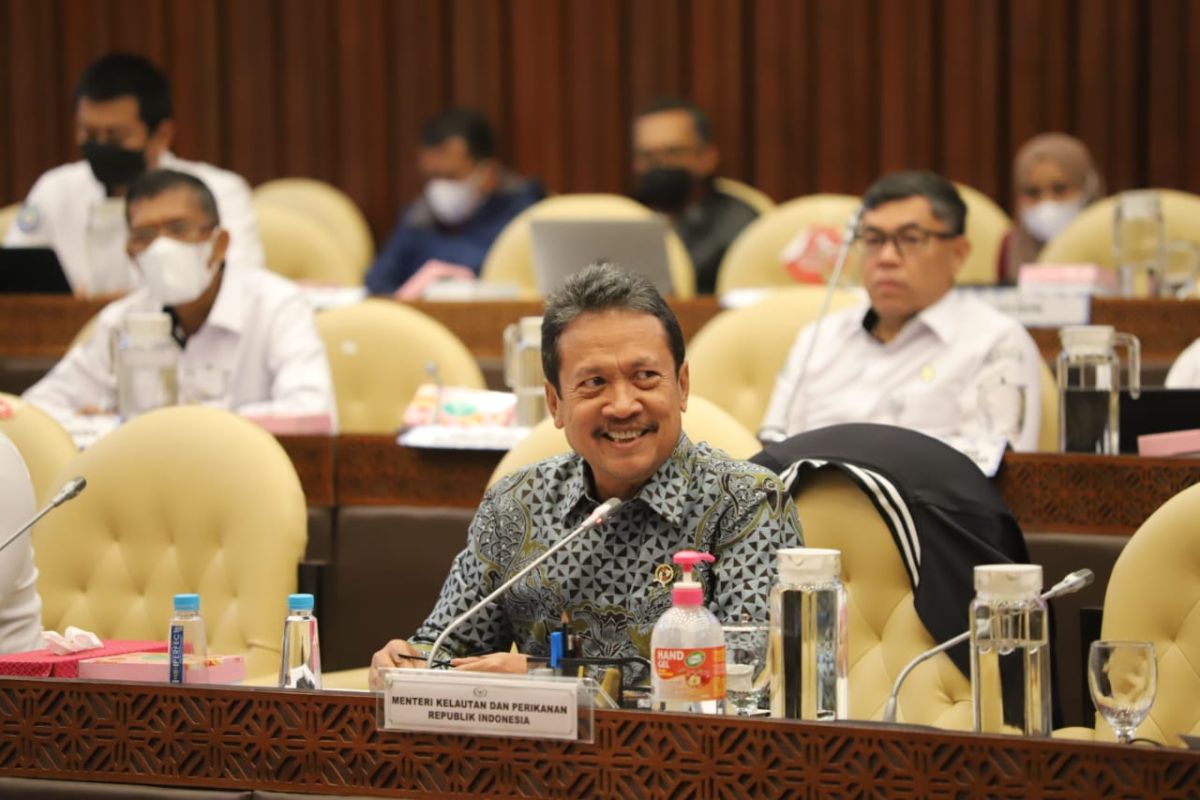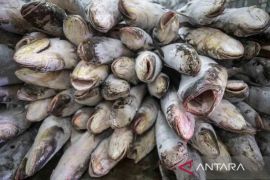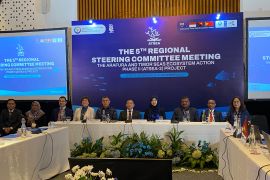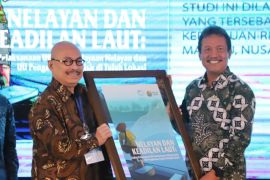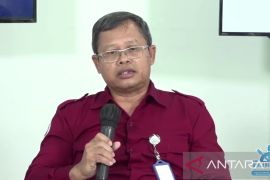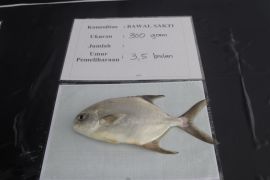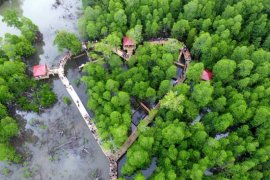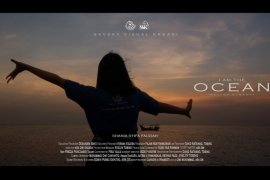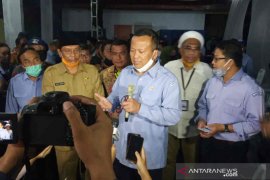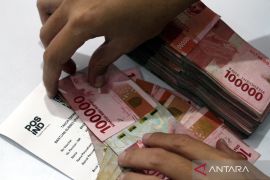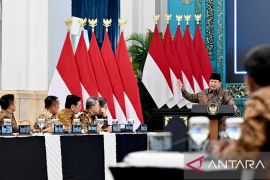The ministry had Key Performance Indicator targets comprising of fishery GDP growth of 4 to 6 percent, fishery production of 30.31 million tons, USD7.66 billion in exports of fishery products, fish consumption rates of 61.02 kilograms per capita per year, a 107 in the Fisherman's Exchange Rate Index, 29.1 million hectares of conservation area, and the compliance percentage of marine and fisheries business actors of 97 percent.
Maritime Affairs and Fisheries Minister Sakti Wahyu Trenggono elaborated on those goals during a Working Meeting with Commission IV of the House of Representatives here on Thursday.
Based on the work program, the draft budget ceiling would be primarily used for fisheries and marine management programs, followed by value added and industrial competitiveness programs, environmental quality programs, education programs, and vocational trainings.
"The use of this budget is also to add to the allocation of government assistance to pursue economic recovery, infrastructure to increase fishery production and aquaculture production, as well as the provision of a cold chain system in order to support food security," Minister Trenggono remarked.
Moreover, the budget was also used to add operational funding for monitoring marine and fishery resources, managing marine space, improving human resource capacity, developing quality test facilities, increasing satellite technology-based monitoring infrastructure, and strengthening internal control.
Trenggono further detailed several plans of the ministry's priority activities in 2023. These include the implementation of quota-based measurable fishing, and the development of the Advanced Fishermen Village (Kalaju), with the support of collaboration in fishermen's empowerment activities.
Afterwards, develop aquaculture to increase exports of shrimp, lobster, crab and seaweed, as well as develop aquaculture in Production Center Areas, including aquaculture villages.
Other priority activities include increasing domestic fish consumption, developing a cold chain system, developing business and investment, and promoting international products.
As for marine space management, priority activities included the management of conservation areas and small islands, rehabilitation of coastal areas and small islands, including the Love of the Sea Month initiative, the public’s salt management, and licensing of the suitability of the use of marine space.
Furthermore, priority activities included improvement of the quality assurance and quarantine system, developing reference and accreditation laboratories, and monitoring the traffic of fishery products in border areas. Minister Trenggono’s administration would also improve supervision, in line with the implementation of a measured fish catch policy.
At the conclusion of the meeting, the commission approved the ministry's budget ceiling of Rp. 6.7 trillion and encouraged them to increase the operational budget for supervisory vessels, including awarding outstanding supervisors.
Related news: Fisheries Ministry boosts aquaculture marketing through digitalization
Related news: Ministry working to boost shrimp production to 2 mln tons
Related news: Ministry outlines additional budget proposal for 2023 before DPR
Translator: Aditya Ramadhan, Mecca Yumna
Editor: Sri Haryati
Copyright © ANTARA 2022
